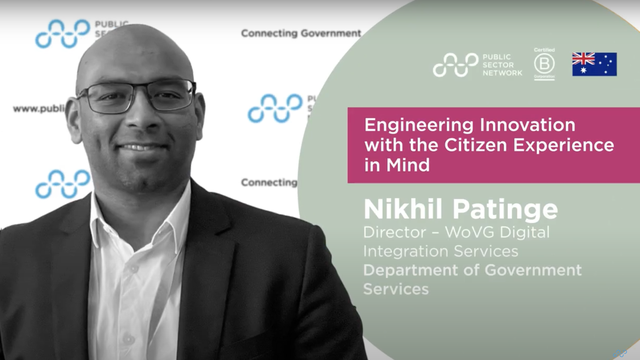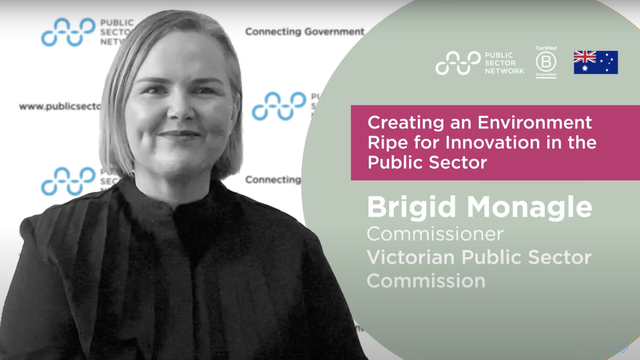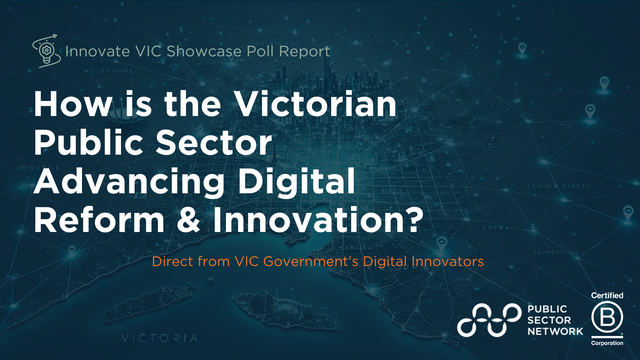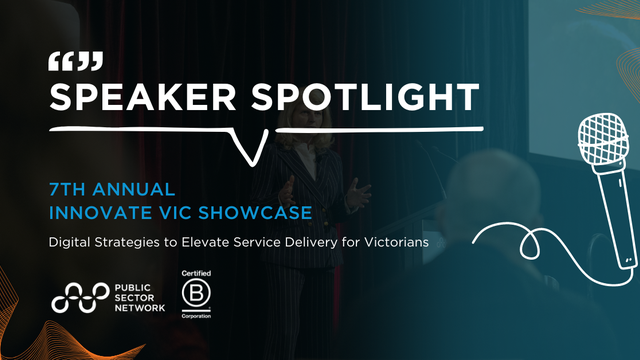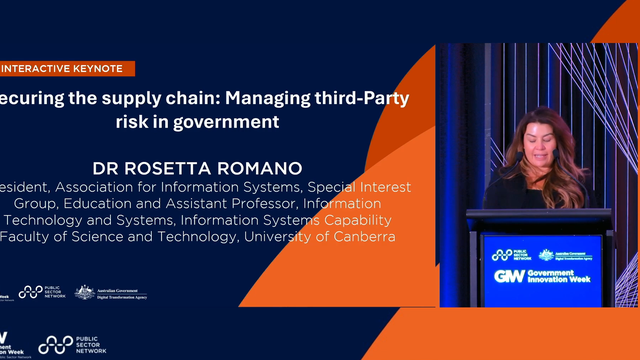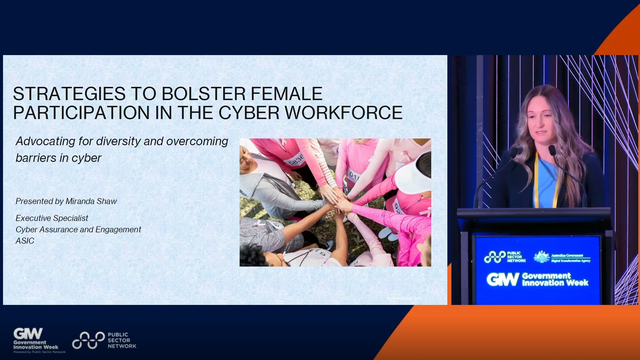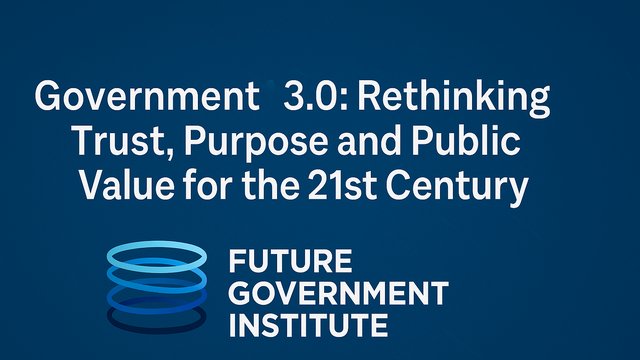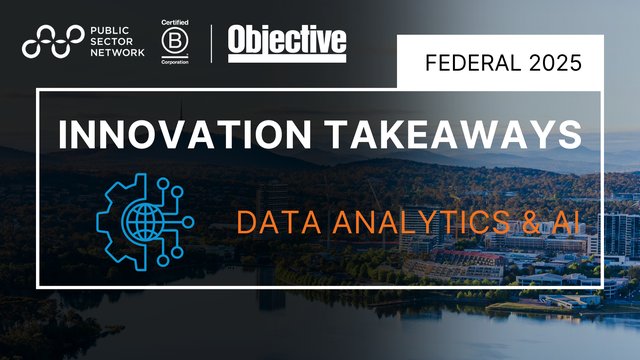

Show Notes
Quick Stats
Compared to other OECD countries, the Victorian Health Sector is:
- The first in access to after-hours care
- Among the top in understanding of care from consumers and involvement in decisions.
- The top three in care coordination.
- The Highest in follow-up care.
- The lowest in experiences in medical error by consumers.
- The top five in consumer satisfaction with the health system.
- The top top ranking for breast cancer survival.
- The second lowest for costs in terms of Health Administration.
- One of the lowest lengths of stay within hospitals among OECD countries.
Challenges: The Increasing Complexity of Patient Needs
The healthcare sector in Victoria, Australia, is grappling with numerous challenges, including the increasing complexity of patient care, the prevalence of chronic diseases, and the inefficiencies within the healthcare system. A significant problem is the disconnection between primary healthcare and acute care, which hinders effective patient management and leads to suboptimal outcomes. Consider the following statistics:
- 30% of hospital beds in Victoria are still covered by pen and paper rather than electronic medical records.
- Data shows 50% of patients admitted to hospital for a heart attack (AMI) do not see their GP within a year.
- Multi-morbidity prevalence nearly doubled for women born in the 1990s compared to those born in the 1970s.
- 30% of hospital beds in Victoria are still covered by pen and paper rather than electronic medical records.
The Department of Health aimed to address these issues by leveraging advanced analytics, AI, digital twin technology, and machine learning to create a more integrated, efficient, and sustainable healthcare system.
Strategy: Leveraging Advanced Technologies to Address Healthcare Challenges
To tackle these problems, the Department of Health in Victoria adopted a multi-faceted strategy centered around the integration of advanced technologies. Key initiatives included:
Data Linkage and Predictive Analytics: The department focused on linking data from primary healthcare providers with acute care facilities to create a comprehensive view of the patient journey. This was done through the Centre for Victorian Data Linkage, one of the largest data linkage agencies in Australia. Predictive analytics were used to identify patients at risk of hospitalization, allowing for timely interventions by general practitioners (GPs).
Digital Twin Technology: The department utilized digital twin technology to model and optimize various healthcare processes, particularly in emergency departments and planned surgeries. This technology allowed for the simulation of different scenarios, enabling better resource allocation and improved patient flow.
AI and Machine Learning: Although there was cautious optimism about the role of AI in healthcare, the department carefully selected AI applications that directly addressed identified problems. AI was used in areas like radiology to improve early cancer detection and in predictive risk analytics to enhance patient care.
Consumer-Centric Digital Solutions: The strategy also emphasized the need for a digital front door to the healthcare system, where patients could access real-time information on healthcare services, waiting times, and virtual care options. This initiative aimed to empower patients as digital partners in their healthcare journey.
Implementation: Cutting-Edge Technology for Proactive Care
The implementation of this strategy was a comprehensive effort that involved collaboration across various sectors and the deployment of cutting-edge technologies.
Data Integration and Governance: The first step was to establish data-sharing agreements with GP practices across Victoria, ensuring that patient data could flow seamlessly between primary care and hospitals. The Centre for Victorian Data Linkage played a crucial role in managing this data, linking it with hospital records to create an enduring data asset.
Predictive Analytics in Primary Care: The department provided GPs with tools to run predictive analytics on their patient data. These tools helped identify patients at high risk of hospitalization, enabling proactive care and reducing the burden on hospitals.
Digital Twin Modeling: Digital twin technology was implemented in key hospitals, such as the Royal Melbourne Hospital, to optimize emergency department operations and planned surgeries. By simulating various scenarios, hospitals could adjust resources and processes to improve efficiency and patient outcomes.
Consumer Empowerment: The department began developing a digital front door for the Victorian health system. Although still in the planning stages, this initiative aimed to provide patients with a unified platform for accessing healthcare services, tracking their care journey, and receiving digital nudges to promote healthier behaviors.
Outcome: Improved Healthcare Performance and Patient Experience
The implementation of these technologies led to significant improvements in the healthcare system's performance. Some of the key outcomes included:
Enhanced Patient Care: The data linkage and predictive analytics initiative led to more proactive patient care, reducing the risk of hospitalization for high-risk patients. By identifying potential issues early, GPs could intervene and manage conditions before they escalated, resulting in better patient outcomes.
Efficiency Gains in Hospitals: The use of digital twin technology in emergency departments and planned surgeries led to more efficient operations. The modeling allowed hospitals to optimize their resources, leading to a reduction in waiting times and an increase in the number of surgeries performed. This was particularly evident in the improvement of planned surgery outcomes, as reflected in the public performance data.
Reduced Emergency Department Visits: The introduction of virtual care options and the integration of predictive analytics helped reduce the number of unnecessary emergency department visits by 20-30%. This not only alleviated pressure on hospitals but also provided patients with more convenient care options.
Positive Feedback from Stakeholders: The strategy received positive feedback from both healthcare professionals and patients. GPs appreciated the enhanced insights provided by the predictive analytics tools, which enabled them to offer better care. Patients also reported higher satisfaction levels due to the more personalized and timely care they received.
Future Implications: A Blueprint for Sustainable Healthcare
The success of this project has far-reaching implications for the future of the healthcare system in Victoria and beyond. The integration of advanced technologies has not only addressed current challenges but has also laid the groundwork for a more sustainable and resilient healthcare system.
Scaling and Expanding the Technology: The positive outcomes of the digital twin and predictive analytics initiatives suggest that these technologies could be scaled across more hospitals and healthcare facilities in Victoria. This would further enhance the efficiency and effectiveness of the healthcare system.
National Data Governance: The project highlights the importance of establishing national data governance frameworks that facilitate the sharing of health data across different sectors. Such frameworks would enable more comprehensive data integration, leading to better patient care and more informed decision-making at all levels of the healthcare system.
Consumer-Centric Healthcare: The move towards a digital front door for the Victorian health system represents a shift towards more consumer-centric healthcare. By empowering patients with access to their health data and real-time information, the healthcare system can foster greater patient engagement and improve health outcomes.
Innovation and Continuous Improvement: The Department of Health's cautious yet innovative approach to AI and machine learning sets a precedent for future healthcare initiatives. By focusing on solving real-world problems and ensuring data integrity, the healthcare system can continue to innovate while maintaining high standards of care.
Conclusion
The integration of advanced technologies in Victoria's healthcare system has not only addressed existing challenges but has also positioned the system for future success. By continuing to leverage data, AI, and digital solutions, the Department of Health can ensure that Victorians receive world-class healthcare that is both efficient and sustainable.
Speaker
Lance Emerson, Deputy Secretary, eHealth, Victoria Department of Health


